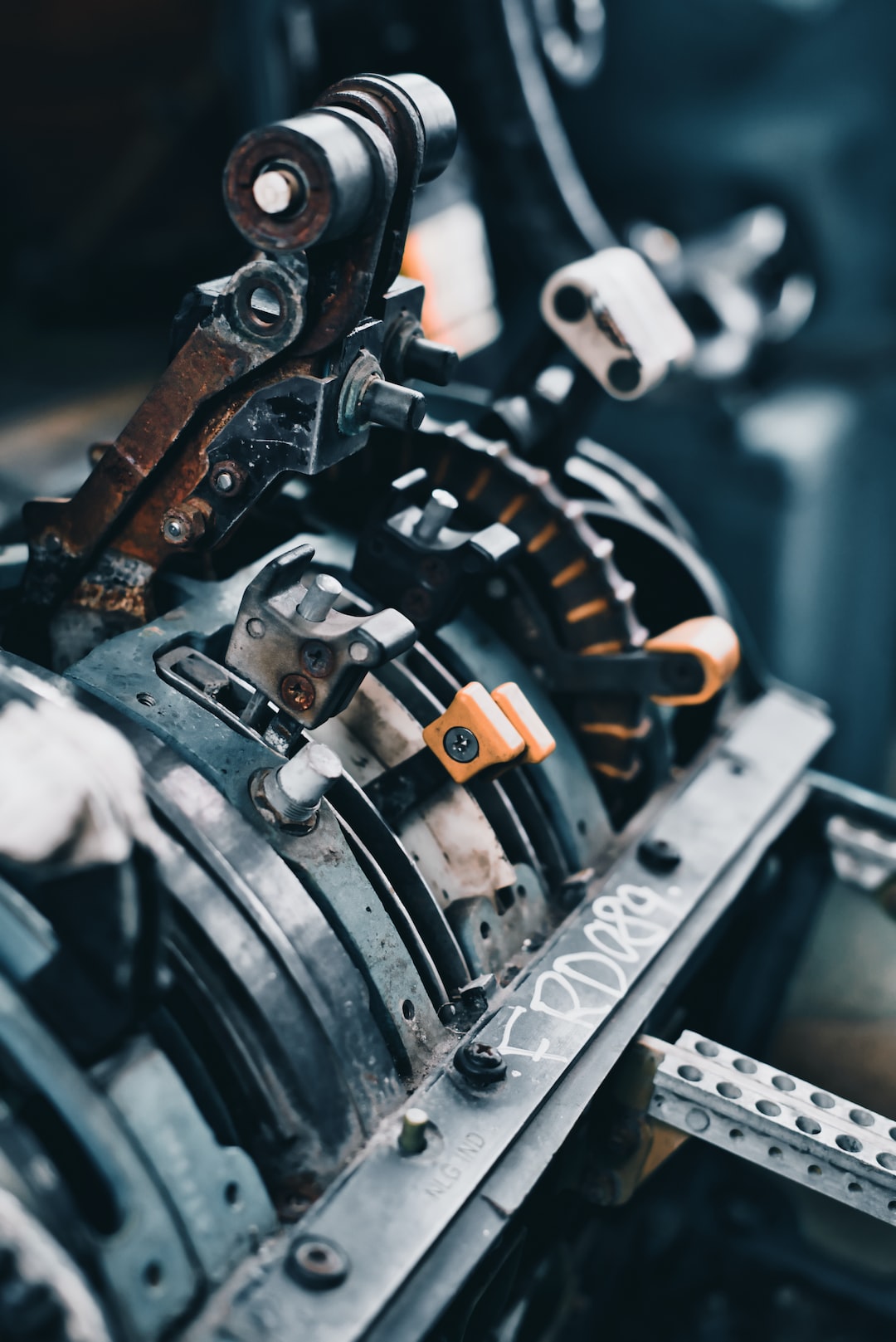3D Printing: Transforming the Manufacturing Landscape
In recent years, 3D printing technology has emerged as a game-changer in the manufacturing industry. From healthcare to automotive, this revolutionary process has transformed the way products are designed, developed, and manufactured. With its ability to create objects layer by layer, 3D printing has opened up endless possibilities, making it a powerful tool for innovation and customization.
One of the key advantages of 3D printing is its ability to reduce costs and increase efficiency. Traditional manufacturing methods often require substantial investment in molds, tooling, and assembly lines. On the other hand, 3D printing allows for the direct production of parts and products from a digital file, eliminating the need for expensive tooling. This not only reduces costs but also enables rapid prototyping and iteration, allowing manufacturers to bring products to market faster than ever before.
Furthermore, 3D printing enables a high degree of customization and personalization. With traditional manufacturing, producing customized products can be complex and expensive. However, 3D printing allows for the creation of unique, one-of-a-kind objects, tailored to individual customer needs. This level of customization has significant implications for industries such as healthcare, where patient-specific implants and prosthetics can now be easily produced.
Moreover, 3D printing has the potential to revolutionize the supply chain and logistics industry. Currently, products are often manufactured in one location and then shipped to various locations for distribution. This process can be time-consuming and costly. With 3D printing, products can be printed on-demand, allowing for localized manufacturing. This means that products can be produced closer to the end-consumer, reducing transportation costs, carbon emissions, and delivery times.
Another area where 3D printing is making a significant impact is in sustainability. Traditional manufacturing processes often generate a significant amount of waste, as excess materials are discarded. 3D printing, however, is an additive process, meaning that only the necessary amount of material is used, minimizing waste. Additionally, 3D printing enables the use of more sustainable materials such as biodegradable plastics and recycled materials. This not only reduces the environmental impact of manufacturing but also promotes a circular economy.
Although 3D printing has come a long way, there are still some challenges to overcome. One of the main limitations is the speed of the printing process. While 3D printing is incredibly precise, it can be time-consuming, especially for large-scale production. However, ongoing research and development in the field are continuously improving the speed and scalability of the technology.
In conclusion, 3D printing is transforming the manufacturing landscape in numerous ways. Its ability to reduce costs, increase customization, improve supply chain efficiency, and promote sustainability makes it a disruptive force. As the technology advances and becomes more accessible, we can expect to see even more industries adopting 3D printing as a means of revolutionizing their manufacturing processes. From healthcare and aerospace to fashion and consumer goods, no industry will be left untouched by the power of 3D printing. The future of manufacturing is undoubtedly three-dimensional.
